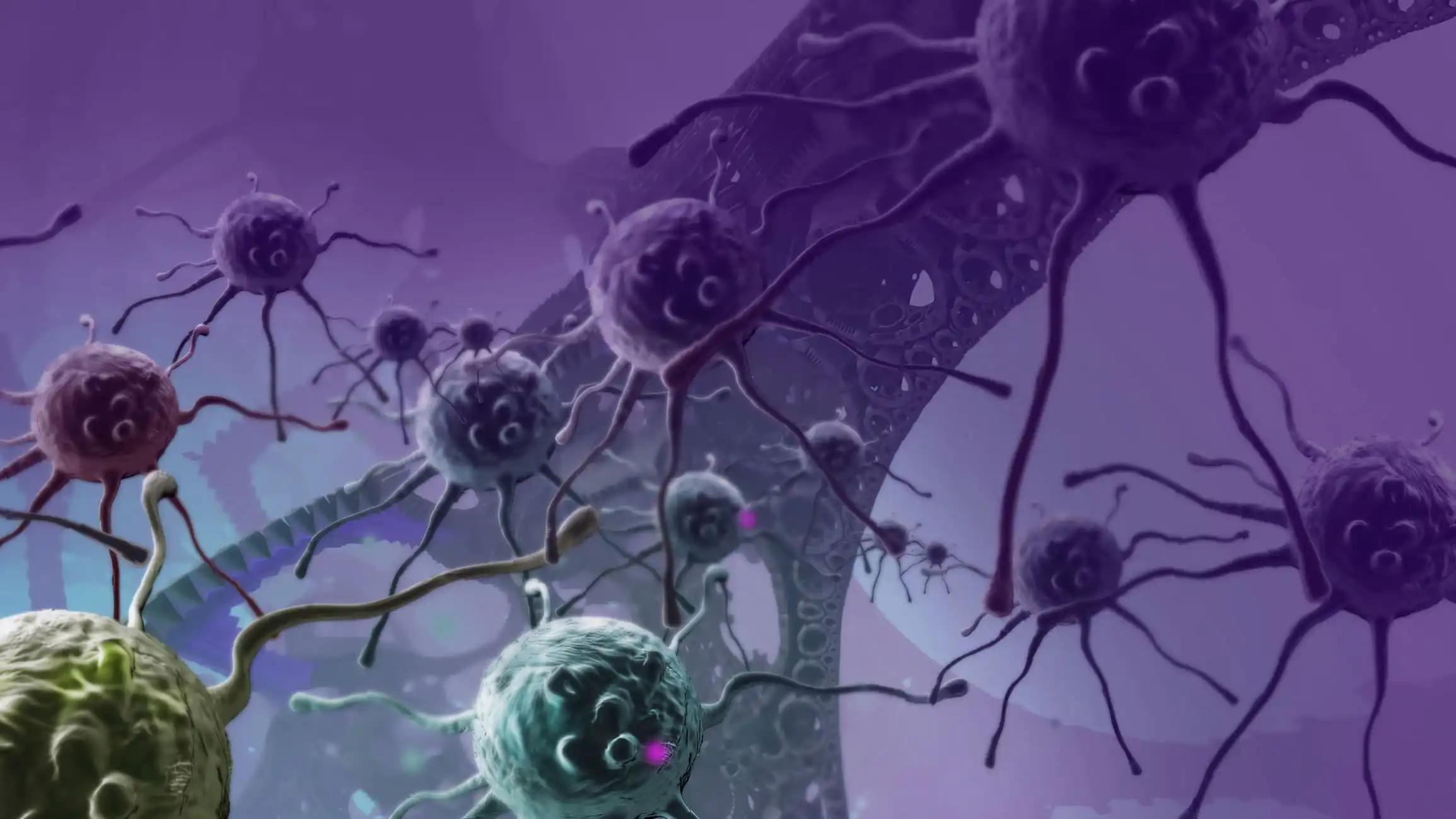KEY TAKEAWAYS
- The study aimed to introduce a new WB-MRS protocol that explores TMEs to guide surgical and adjuvant interventions.
- Results showed that ML-based WB-MRS effectively predicts early glioma progression, guiding timely treatment decisions.
Even with maximal safe resection and adjuvant chemoradiation, recurrence in high-grade brain cancer remains inevitable, as current imaging techniques cannot accurately predict future progression.
Cameron A. Rivera and the team aimed to present a novel whole-brain magnetic resonance spectroscopy (WB-MRS) protocol that explores tumor microenvironments (TME), providing insights into glioma progression to guide surgical and adjuvant interventions.
Researchers examined 5 locoregional tumor metabolites in a post-treatment population and utilized machine learning (ML) techniques to analyze relationships within 7 regions of interest: contralateral normal-appearing white matter (NAWM), fluid-attenuated inversion recovery (FLAIR), contrast-enhancing tumor at the time of WB-MRS (Tumor), areas of future recurrence (AFR), whole-brain healthy (WBH), non-progressive FLAIR (NPF), and progressive FLAIR (PF).
They developed, optimized, trained, tested, and validated 5 supervised ML classification models and a neural network. Additionally, they created a web application to host the Miami Glioma Prediction Map (MGPM), a novel calculator available for open-source use.
About 16 patients with histopathologically confirmed high-grade glioma prior to WB-MRS were included in the study, comprising a total of 118,922 whole-brain voxels. The ML models effectively distinguished normal-appearing white matter from tumor and areas of future progression. The top-performing ML model predicted glioma progression within the FLAIR signal in the post-treatment setting, achieving a mean AUC of 0.86, with Cho/Cr identified as the most significant feature.
This study marks a significant milestone as the first to reveal radiographic occult glioma progression in post-treatment gliomas within 8 months of discovery. The findings highlighted the value of ML-based WB-MRS growth predictions, offering a promising approach for guiding early treatment decisions.
This research represents a crucial step forward in predicting the timing and location of glioblastoma recurrence, with the potential to improve patient outcomes by informing more effective treatment strategies.
No funding information was given.
Source: https://link.springer.com/article/10.1007/s11060-024-04812-1
Rivera CA, Bhatia S, Morell AA, et al. (2024). “Metabolic signatures derived from whole-brain MR-spectroscopy identify early tumor progression in high-grade gliomas using machine learning.” J Neurooncol. 2024. doi:10.1007/s11060-024-04812-1.



